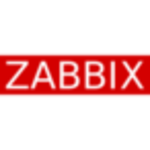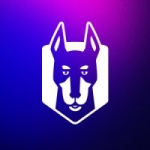Our primary use case for this solution is comprehensive cloud monitoring across our entire infrastructure and application stack.
We operate in a multi-cloud environment, utilizing services from AWS, Azure, and Google Cloud Platform.
Our applications are predominantly containerized and run on Kubernetes clusters. We have a microservices architecture with dozens of services communicating via REST APIs and message queues.
The solution helps us monitor the performance, availability, and resource utilization of our cloud resources, databases, application servers, and front-end applications.
It's essential for maintaining high availability, optimizing costs, and ensuring a smooth user experience for our global customer base. We particularly rely on it for real-time monitoring, alerting, and troubleshooting of production issues.
Datadog has significantly improved our organization by providing us with great visibility across the entire application stack. This enhanced observability has allowed us to detect and resolve issues faster, often before they impact our end-users.
The unified platform has streamlined our monitoring processes, replacing several disparate tools we previously used. This consolidation has improved team collaboration and reduced context-switching for our DevOps engineers.
The customizable dashboards have made it easier to share relevant metrics with different stakeholders, from developers to C-level executives. We've seen a marked decrease in our mean time to resolution (MTTR) for incidents, and the historical data has been invaluable for capacity planning and performance optimization.
Additionally, the AI-driven insights have helped us proactively identify potential issues and optimize our infrastructure costs.
We've found the Application Performance Monitoring (APM) feature to be the most valuable, as it provides great visibility on trace-level data. This granular insight allows us to pinpoint performance bottlenecks and optimize our code more effectively.
The distributed tracing capability has been particularly useful in our microservices environment, helping us understand the flow of requests across different services and identify latency issues.
Additionally, the log management and analytics features have greatly improved our ability to troubleshoot issues by correlating logs with metrics and traces.
The infrastructure monitoring capabilities, especially for our Kubernetes clusters, have helped us optimize resource allocation and reduce costs.
While Datadog is an excellent monitoring solution, it could be improved by building more features to replace alerting apps like OpsGenie and PagerDuty. Specifically, we'd like to see more advanced incident management capabilities integrated directly into the platform. This could include features like sophisticated on-call scheduling, escalation policies, and incident response workflows.
Additionally, we'd appreciate more customizable machine learning-driven anomaly detection to help us identify unusual patterns more accurately. Improved support for serverless architectures, particularly for monitoring and tracing AWS Lambda functions, would be beneficial.
Enhanced security monitoring and threat detection capabilities would also be valuable, potentially reducing our reliance on separate security information and event management (SIEM) tools.
I've used the solution for two years.






















